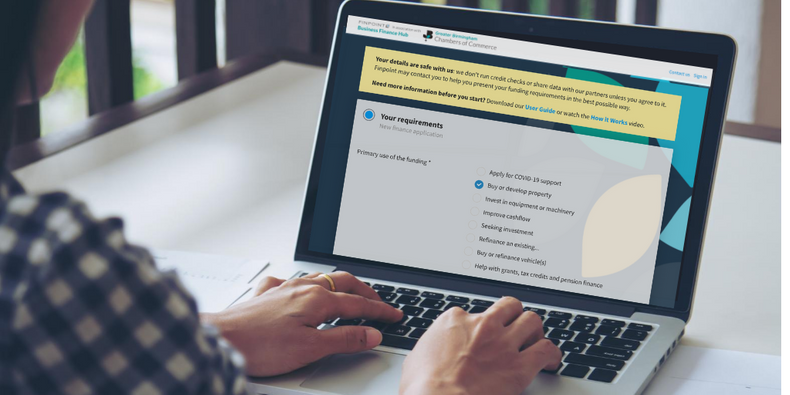Trade finance is going digital

After one year of COVID-19 induced restrictions and lockdowns, the use of digital tools in businesses has made a huge leap forward. This is true for small businesses, and for large corporates. And while the pandemic has had devastating effects otherwise, the one bit of good news is that this shift to digital will help the global flow of goods and services for years to come.
In their latest global survey* on Trade Finance, the ICC found that by April 2020, banks across the globe were not only scaling up existing digital solutions, but some 55% of respondents were in the process of rolling out new digital solutions.
Is Trade Finance right for my business?
Obtaining good credit terms from your suppliers can be difficult at the best of times. And with finances stretched everywhere right now, it is best to not lock up cash when you don't need to. Trade Finance can bridge funding gaps between paying your suppliers and getting paid. And with the right provider, you get helpful tools to set your business up for growth.
With external funding available to buy goods, you can negotiate better terms with your suppliers. And you have less headache from the wait for customers to pay you.
This principle can be applied to commercial transactions both domestically and internationally.
• Import: gives companies the opportunity to buy goods abroad and close the cash flow gap between paying suppliers and having their customers pay them.
• Export: For companies of all sizes, selling abroad is a great option to take your business to the next level, but it also presents many challenges, especially in these changing times. Export financing helps companies selling abroad to reassess outstanding invoices.
You can get additional support by collecting payments from clients.
How does Trade Finance work?
- You get approved for a credit limit by your preferred funding
provider - You place your order with your supplier
- The funding provider pays your supplier against shipping documentation, or a letter of credit
- The goods are shipped and delivered to your customers
- You repay the transaction within 90 days from the transaction date or through the use of Invoice Finance
- Your funding provider will recalculate the funds available to you after every transaction so you always know where you stand
If the above sounds complicated, then be assured that the advances in digital tools takes care of many of the administrative chores of old. The key to successful growth is selecting the right funding provider for your business. One that understands your trading patterns and that can the amount of working capital that you need as you expand your business.
Finding the right trade finance
Whether you are importing, exporting or both, trade finance can help to improve your cash flow. Finpoint Business Finance Hub is free to use. We're 100% transparent about fees and rates, and give you access to the UK's largest panel of business lenders. We're also 100% independent. Our only interest is in making sure you get the right business finance.
* ICC Global Survey 2020: Securing future growth: https://iccwbo.org/publication/global-survey
I import and export goods and want to increase my working capital
It's relatively easy to secure short term finance if you have a strong trading record, secured against goods or backed by an insurance policy. It removes the payment risk and supply risk - exporter gets good sooner, and the importer benefits from extended credit.
Advantages
• Easy way to arrange short term finance.
• Your business can focus on growth activities.
• Finance is typically secured against the goods, or backed by an insurance policy.
Disadvantages
• Based on having a good track record in terms of operations and repayments, so is less accessible for new companies.
• If payments are not made on time, it can become very expensive.
How to manage cash flow - Considering invoice finance
Invoice finance is a way of borrowing money against unpaid invoices for a fee. You typically receive up to 85% of the value of an invoice immediately, which can help to ease cash flow worries. The funder will collect the money owed from your invoices, and pay you the balance, less any fees.
No need to wait for invoices to be paid. Get a high percentage of the invoice value advanced as soon as you raise the invoice. Beware that some providers attach long contracts to these agreements which would require you to sell your debtor book for the agreed time period.
There are several types of invoice finance, including invoice factoring and invoice discounting, so it's worth weighing up your options to see which would suit your business best - our funding guide outlines this in more detail.
Whilst it can boost your cash flow and give you greater flexibility with working capital, you should be aware of the potential lengthy contracts, confidentiality issues and Annual Percentage Rate (APR) highs of 48%.
